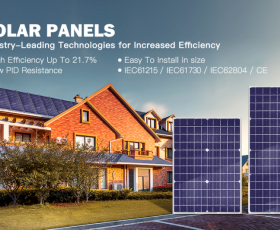Photovoltaic devices, also known as solar cells, are innovative electronic devices that convert sunlight directly into electricity. These devices play a crucial role in the renewable energy sector, providing a clean and sustainable source of power.

What are Photovoltaic Devices?
Photovoltaic devices are made of semiconductor materials, typically silicon, that have the ability to convert sunlight into electricity through the photovoltaic effect. When sunlight hits the semiconductor material, it excites the electrons, allowing them to flow and create an electric current. This electricity can then be used to power various electronic devices or be stored in batteries for later use.Types of Photovoltaic Devices
There are several types of photovoltaic devices, including monocrystalline, polycrystalline, and thin-film solar cells. Each type has its own advantages and disadvantages in terms of efficiency, cost, and manufacturing process. However, all these devices serve the same purpose of harnessing solar energy and converting it into usable electricity.How Do Photovoltaic Devices Work?
Photovoltaic devices work by utilizing the photovoltaic effect, where the energy from sunlight is directly converted into electricity. When sunlight strikes the semiconductor material, it creates an electric current, which can be harnessed for various applications. This process is environmentally friendly and does not produce any harmful emissions, making it a sustainable energy solution.

